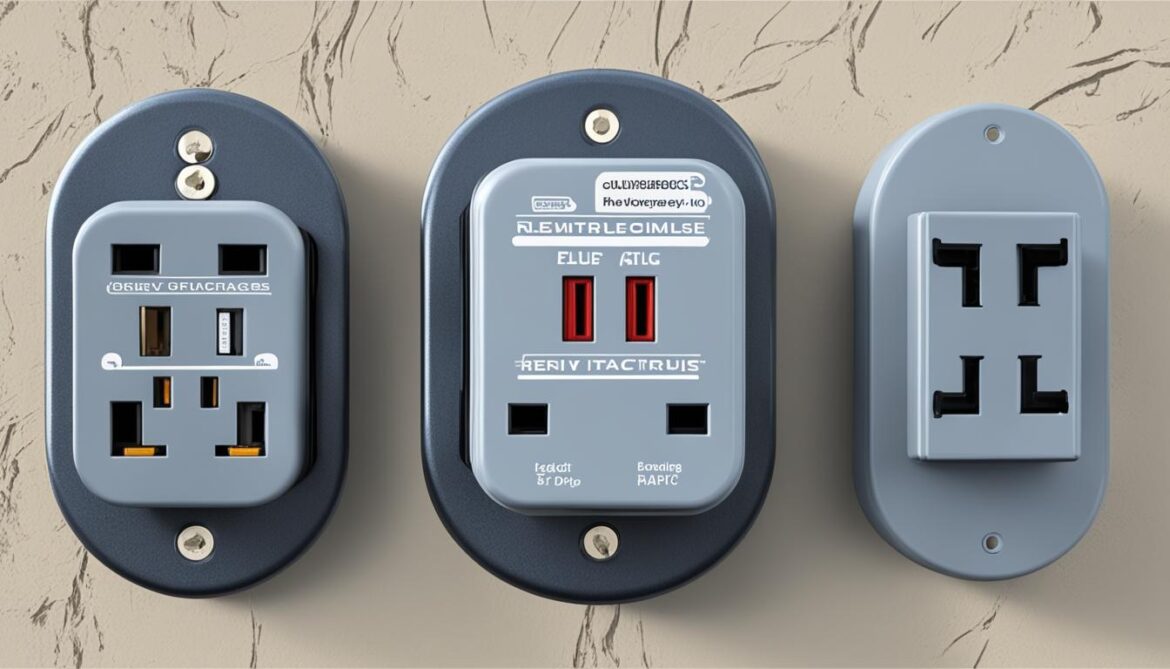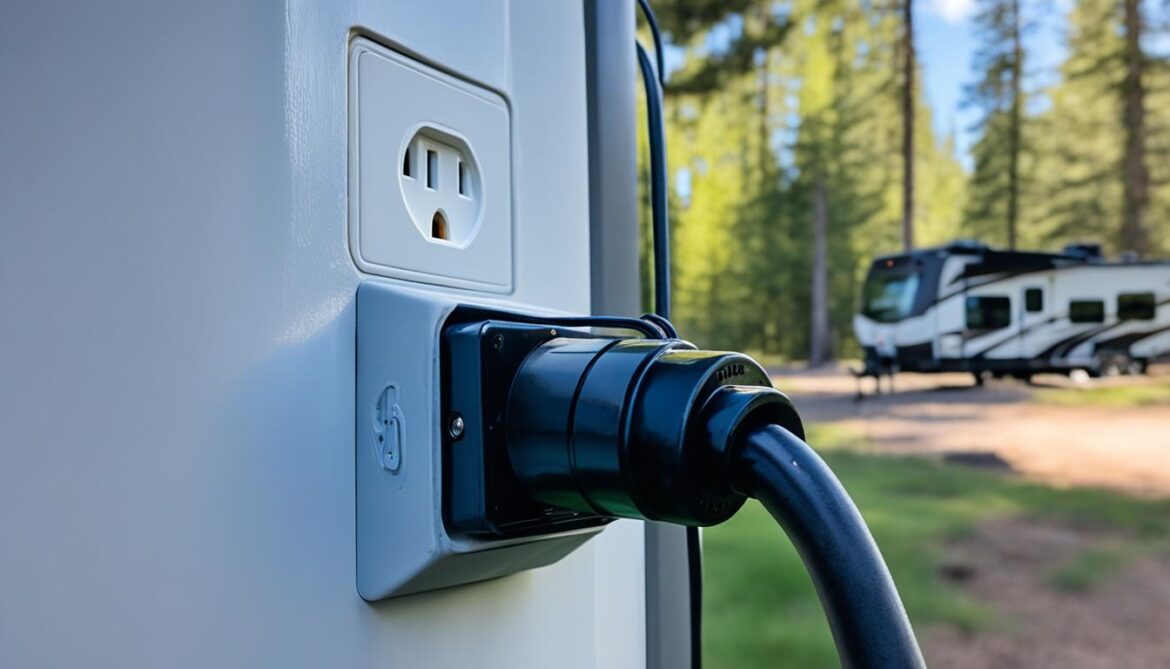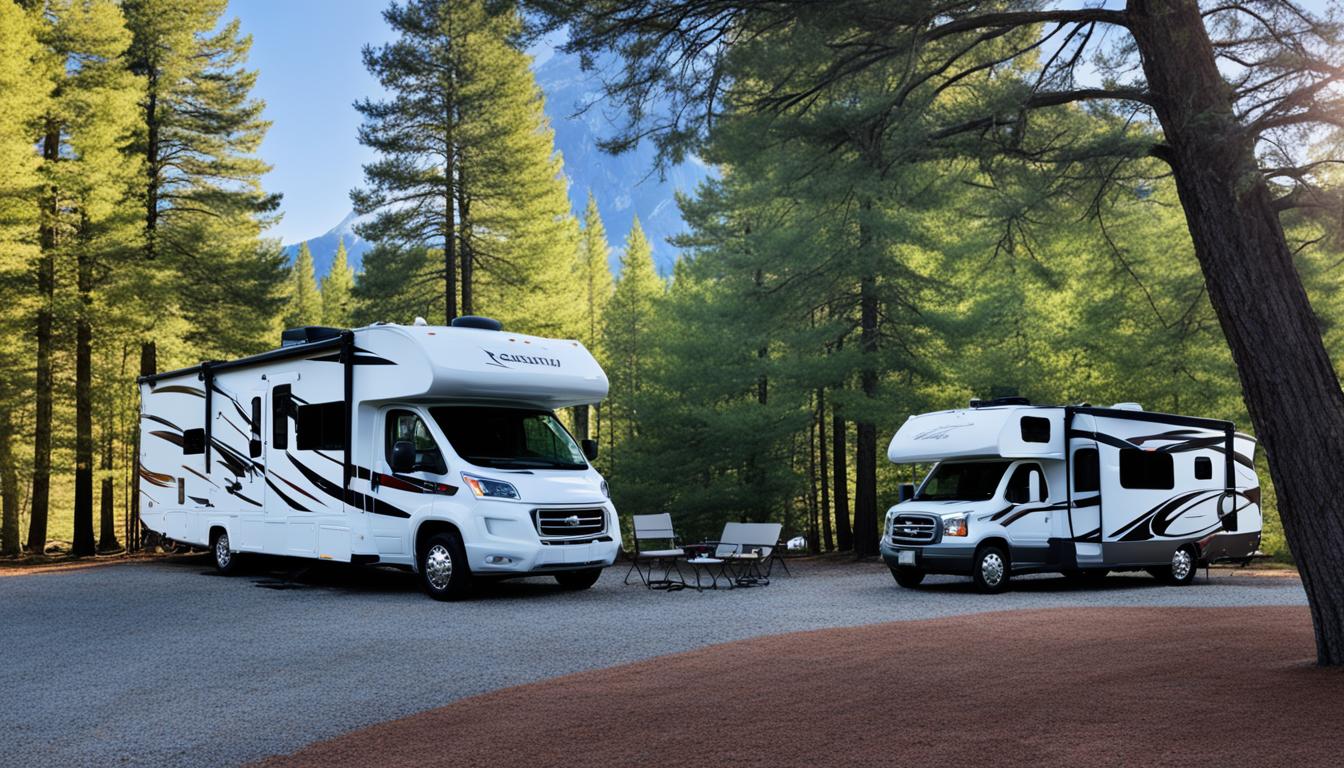Welcome to our comprehensive guide on understanding RV Electrical Hook-Ups! Whether you’re a beginner or an experienced RVer, knowing how to connect your RV to power sources is essential for a safe and enjoyable trip. So, let’s dive in and explore all the necessary information and tips to help you confidently navigate electrical hook-ups for your RV.
RV Electrical Hook-Ups are the lifeline of your RV’s power supply, allowing you to connect your vehicle to external power sources when camping or on the road. These hook-ups enable you to power up your appliances, charge your devices, and enjoy all the comforts of home while on your RV adventures.
Connecting your RV to power sources involves understanding the types of hook-ups available, the step-by-step process, and important safety precautions. By mastering these aspects, you can ensure a secure and hassle-free power connection for your RV.
In the upcoming sections, we will discuss the various types of RV Electrical Hook-Ups, including 30-amp and 50-amp connections, different voltage levels, and their applications. We will also provide recommendations for different RV models and camping scenarios to help you choose the right hook-up for your needs.
Furthermore, we will guide you through the step-by-step process of connecting your RV to power sources. From locating the electrical pedestal to properly plugging in your RV, we will cover all the necessary procedures to ensure a safe and secure connection.
Your safety is our top priority, and that’s why we will also share crucial RV Electrical Safety Tips. These tips will help you handle electrical systems in your RV, prevent accidents, and protect your vehicle from damage. We will cover topics such as ground fault circuit interrupters (GFCIs), surge protectors, and general safety guidelines to provide you with peace of mind during your RV adventures.
So, get ready to embark on a journey to learn all about RV Electrical Hook-Ups and master the art of connecting your RV to power sources. With our expert guidance, you’ll be able to enjoy a safe and enjoyable trip, no matter where your RV takes you.
Types of RV Electrical Hook-Ups
Understanding the different types of RV Electrical Hook-Ups is essential for smooth and efficient power management during your trips. Two common types of hook-ups are the 30-amp and 50-amp connections, each offering different voltage levels and capabilities.
The 30-amp connection provides 120 volts of power and is suitable for smaller RVs and campgrounds that offer limited electrical capacity. It is commonly used for smaller appliances and electronics, such as lights, fans, and small kitchen appliances.
On the other hand, the 50-amp connection provides 240 volts of power and is typically found in larger RVs and campgrounds with more electrical capacity. This connection can handle heavier electrical loads, making it suitable for running air conditioning units, large appliances, and multiple devices simultaneously.
It’s important to note that not all RVs are equipped with a 50-amp connection. Many RVs are designed with a 30-amp connection as the standard, while some may have the option to upgrade to a 50-amp connection for additional power capabilities.
Choosing the Right Hook-Up for Your RV
When it comes to choosing the right hook-up for your RV, consider factors such as your RV’s power requirements, the electrical capacity of the campgrounds you plan to visit, and the electrical appliances and devices you’ll be using.
If you have a smaller RV and mostly travel to campgrounds with limited electrical capacity, a 30-amp connection should suffice. However, if you have a larger RV and often stay at campgrounds with higher electrical capacity or plan to use power-hungry appliances, upgrading to a 50-amp connection may be necessary.
Before making any modifications or upgrades to your RV’s electrical system, it’s always a good idea to consult with a professional or your RV manufacturer for guidance and to ensure safety compliance.

In the next section, we will guide you through the step-by-step process of connecting your RV to power sources. Understanding how to properly connect your RV will ensure a safe and reliable power supply during your adventures.
How to Connect Your RV to Power Sources
Connecting your RV to power sources is a crucial step in ensuring a safe and comfortable trip. In this section, we will walk you through the step-by-step process of connecting your RV to power sources. Whether you are at a campground or RV park, understanding the procedures and taking necessary precautions will help you establish a secure electrical connection for your RV.
Finding the Electrical Pedestal
Before connecting your RV to a power source, you need to locate the electrical pedestal. The pedestal is where the electrical outlets and circuit breakers are located, providing power to the RV sites. Depending on the campground or RV park, the pedestals may be placed at the center or along the perimeter of the site. Look for a tall post with outlets and breaker switches.
Matching the Electrical Connection
RVs can have either a 30-amp or 50-amp electrical system. It’s important to match the electrical connection of your RV with the available power source. Most campgrounds provide both 30-amp and 50-amp outlets, but it’s always a good idea to check in advance or carry a suitable adapter to ensure compatibility.
TIP: It’s beneficial to have a surge protector for your RV. A surge protector safeguards your RV’s electrical system from power surges and fluctuations, providing an added layer of security.
Plugging In Your RV
Once you have located the electrical pedestal and ensured the correct electrical match, it’s time to plug in your RV. Start by unplugging any power cords or adapters from the RV’s electrical system. Then, connect the RV’s power cord to the outlet on the pedestal. Ensure a secure connection by pushing the plug all the way in until it fits snugly.
After plugging in, check the circuit breakers located on the pedestal. Make sure they are in the “Off” position before turning them on. This will prevent any power surges when the connection is established. Then, switch on the circuit breakers one by one, following the power-up sequence specified by your RV manufacturer.
Ensuring Safety and Troubleshooting
Once your RV is connected to the power source, it’s important to prioritize safety. Here are a few safety precautions to keep in mind:
- Regularly inspect and maintain your RV’s electrical cord for any signs of damage or wear.
- Use a properly rated extension cord if needed, ensuring it is heavy-duty and suitable for outdoor use.
- Avoid overloading the electrical system by being mindful of the power demands of your appliances and devices.
- If you experience any electrical issues, such as power loss or tripped breakers, first check the connection and electrical pedestal for any problems. If the issue persists, consult a professional electrician.
By following these steps and taking the necessary precautions, you can confidently connect your RV to power sources and enjoy a safe and worry-free trip.

| Common Electrical Issues | Troubleshooting Tips |
|---|---|
| No power to RV |
|
| Tripped circuit breakers |
|
| Fluctuating power |
|
RV Electrical Safety Tips
When it comes to RVing, safety should always be a top priority. Understanding how to handle electrical systems in your RV is essential for preventing accidents and damage. Here are some important RV Electrical Safety Tips to keep in mind during your trips:
1. Install Ground Fault Circuit Interrupters (GFCIs): GFCIs are designed to protect against electrical shock by shutting off the power when they detect a ground fault. Make sure your RV is equipped with GFCIs in areas where water is present, such as the bathroom and kitchen.
2. Use Surge Protectors: Plugging your RV into an electrical pedestal without a surge protector can leave your electrical system vulnerable to power surges. Invest in a quality surge protector to safeguard your RV’s sensitive electronics from voltage spikes.
3. Follow General Safety Guidelines: Always handle electrical connections with dry hands and ensure all cords and plugs are in good condition. Avoid overloading electrical circuits and use the appropriate adapters and extension cords. Regularly inspect your RV’s electrical system for any signs of wear or damage.
By following these RV Electrical Safety Tips, you can have a worry-free and enjoyable RV adventure. Remember, prioritizing safety will not only protect you and your RV but also allow you to make lasting memories on the road.

